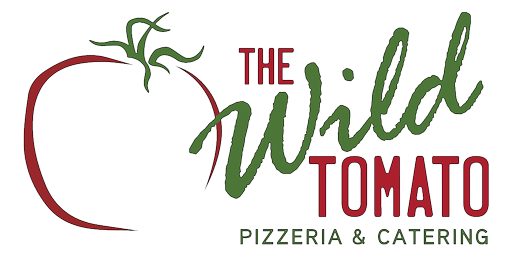In this taste comparison, we delve into the world of pizza sauces, pitting two contenders against each other: Ragu Pizza Quick Traditional Pizza Sauce and Dollar Tree Traditional Pizza Sauce. Both boasting 14-ounce jars, these sauces present a compelling price-versus-quality dilemma. While Ragu commands a higher price point, its packaging is arguably more appealing and user-friendly. The initial visual inspection reveals similar appearances, with both sauces exhibiting a rich tomato base and visible specks of herbs and spices, although the Ragu appears slightly more robust.
Our exploration extends beyond the visual, incorporating smell and taste tests to thoroughly assess each sauce's characteristics. We'll compare texture, flavor profiles – noting saltiness, tanginess, and overall richness – and discuss their suitability for different culinary applications, specifically focusing on their performance as pizza toppings. Finally, we’ll consider the value proposition of each sauce, weighing the superior taste against the significantly lower price of the Dollar Tree option, to ultimately determine the best choice for pizza enthusiasts on a budget.
Read more: Top 10 French Sauce Spoons: Our Ultimate Guide
Packaging and First Impressions
Both the Ragu Pizza Quick and Dollar Tree Traditional Pizza sauces come in similarly sized glass jars, making them visually comparable. The Ragu jar, however, boasts a more informative and appealing label, immediately identifying its contents. The Dollar Tree jar's label is less distinct, potentially causing confusion if stored among other similar jars.

The Ragu label's clear imagery of pizza is more enticing compared to the Dollar Tree's less detailed illustration. This small detail contributes to the overall presentation and consumer appeal.

At first glance, the packaging suggests a higher quality for the Ragu product, but the true test lies in the sauce itself.

Visual Inspection and Smell Test
Opening the Ragu jar reveals a sauce with visible tomato pieces and noticeable specks of seasoning, likely oregano. This suggests a more complex flavor profile.

The Dollar Tree sauce also appears visually appealing, although it shows fewer visible seasonings. The consistency seems similar to the Ragu.

The smell test reveals a significant difference. Ragu smells more like a typical spaghetti sauce, while the Dollar Tree sauce has a more distinct pizza-like aroma.

Taste Test: Straight from the Jar
The Ragu sauce offers a pleasant, rich flavor, but its taste leans more towards a pasta sauce than a pizza sauce. Its thickness also aligns with this observation.

The Dollar Tree sauce, in contrast, tastes more like a traditional pizza sauce. While it lacks some of the Ragu's richness, it’s tangier and shows a bolder tomato flavor.

The initial taste test highlights a distinct difference in flavor profiles and textures, setting the stage for the pizza comparison.

Pizza Taste Test
Using simple Dollar Tree pizza crusts, Parmesan Romano cheese, and two tablespoons of sauce per pizza, the taste test moves to a more realistic application. The simplicity maintains focus on the sauce flavor.

The Ragu pizza tastes surprisingly good; its full flavor complements the cheese and crust without being overpowering. It's a good choice for simple pizzas.

The Dollar Tree pizza has a tangier flavor with more prominent seasonings. Its spicier taste cuts through other ingredients effectively, making it suitable for pizzas with many toppings.

Conclusion and Value
Both the Ragu and Dollar Tree pizza sauces deliver exceptional quality for their respective price points. Ragu provides a richer, more nuanced flavor profile, ideal for simpler pizzas or dishes where the sauce's character shouldn't be overshadowed.

Dollar Tree offers a tangier, spicier option that shines in pizzas loaded with other ingredients. Its bolder flavor profile cuts through a lot of other ingredients.

Considering the price, the Dollar Tree sauce offers exceptional value at just a dollar. While the Ragu is delicious, the Dollar Tree's affordability makes it a winner in terms of value.
